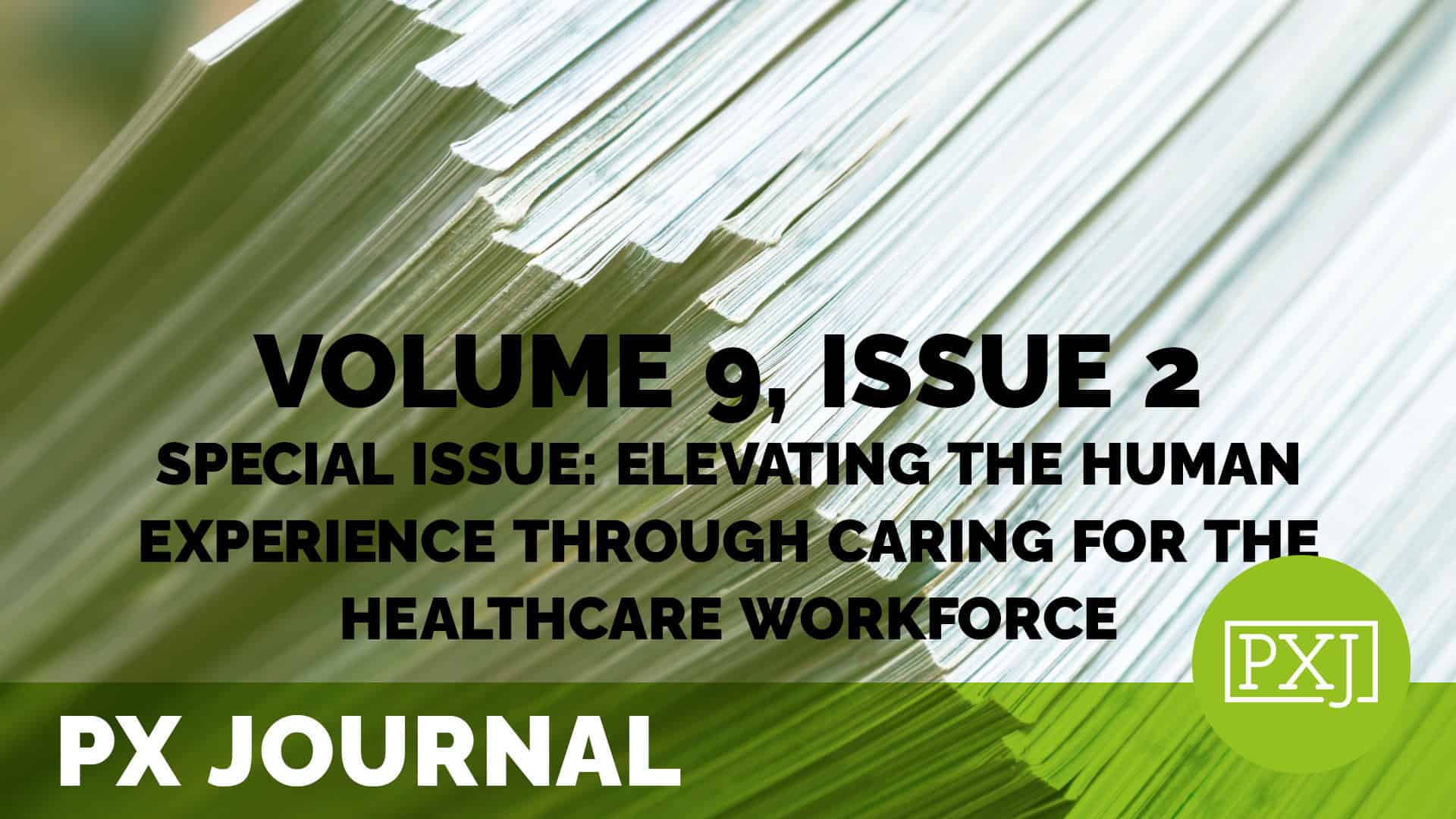Effect of wearing masks in the hospital on patient-provider interaction: “They (providers) need to stay safe for their family and keep us safe.”

Since March 2020 when the Severe Acute Respiratory Syndrome Coronavirus 2 (SARS-CoV-2) pandemic was widespread in the U.S., masks became a primary form of protection for healthcare workers when caring for patients. While wearing masks was not a new phenomenon in the health field, there is little known on how the use of them affects the patient-provider relationship. This study explored the experience of wearing masks on the patient-provider relationship in the hospital. This qualitative study involved interviews with both providers and patients at an academic hospital in the Midwest. At the time of this study, in July 2021, hospital policy required all healthcare providers and staff to wear surgical masks with patients, but patients were not required to wear masks while in their rooms. Interviews were audio-recorded and transcribed; they were coded using MAXQDA. Nine patients and nine providers took part in interviews. There were 4 women and 5 men in each group. The primary benefit of mask-wearing identified by both groups was safety and protection from disease. Connection with patients was a major theme as well. Providers adapted to try to improve connection in four primary ways: showing the patient their face, speaking loudly and clearly, spending additional time with patients, and being more expressive. It was also reassuring that safety was one of the main themes and encouraging that masks were not a substantial barrier to communication with patients.
Related content
-
 Staff & Provider Engagement
Staff & Provider EngagementCrisis Averted: Collaborative De-Escalation Strategies for Safer Healthcare Environments
Collaboration within healthcare organizations is crucial for effective care delivery and patient satisfaction, while also reducing workplace violence. Clinical staff must work alongside non-clinical teams to create a supportive network. These collaborations ensure a holistic approach to patient care, ensuring timely support when an individual is in crisis. This learning bite shares techniques for collaborative
Learn more -
 Culture & Leadership | Staff & Provider Engagement
Culture & Leadership | Staff & Provider EngagementA Toolbox for Work-Life Balance
Do you ever feel like you live at work? Do you have a difficult time getting in enough “ME Time” to balance work and life? In this webinar, we will consider some of our roadblocks that get in our way and identify techniques to support living a more balanced, fulfilled life. Utilizing the Fish! Philosophy
Learn more -
 Staff & Provider Engagement
Staff & Provider EngagementVolunteer Professionals Community Connection Call – Shadowing
Some volunteer program leaders also manage job shadowing programs at their hospitals and clinics. These are usually intended to be short-term experiences directly 1-1 with a preceptor. It is observation-only, which is different from traditional volunteer programs where students would perform tasks independently.
Learn more
